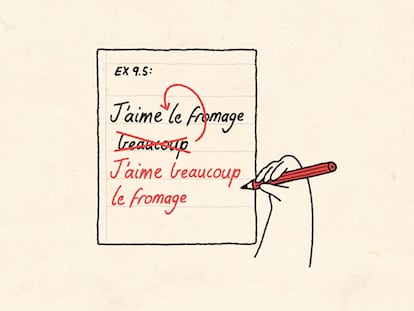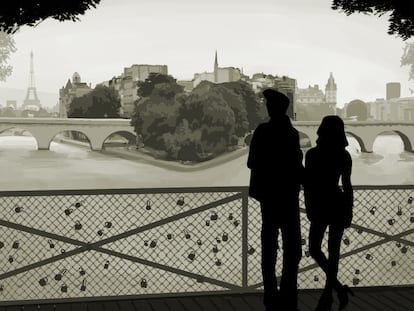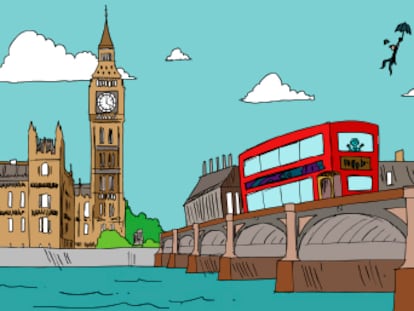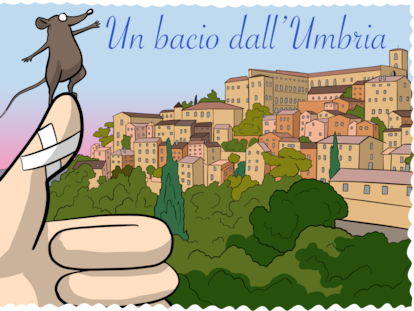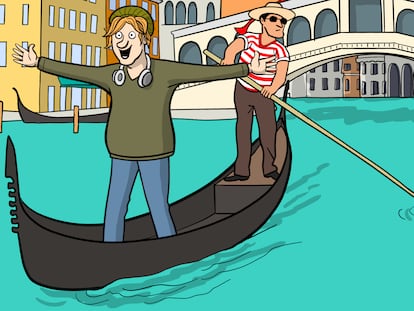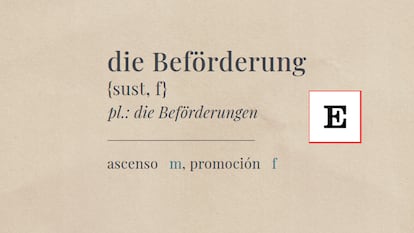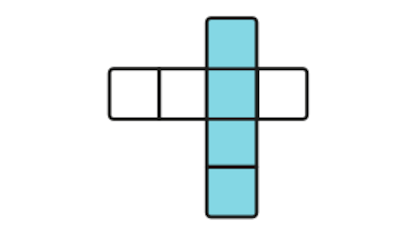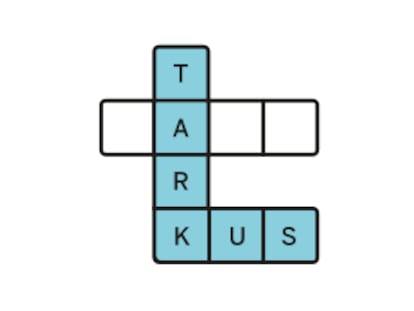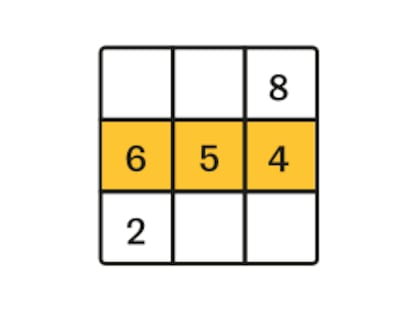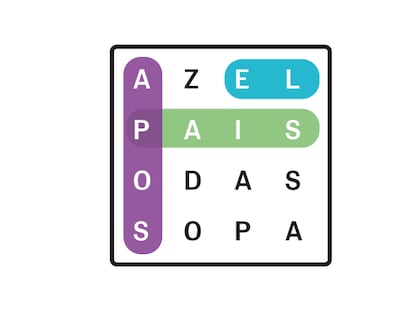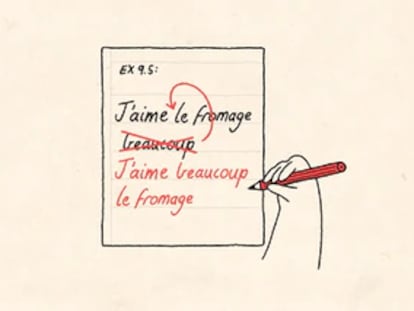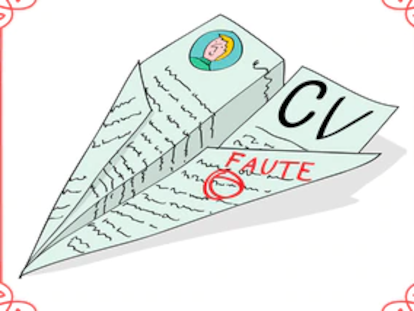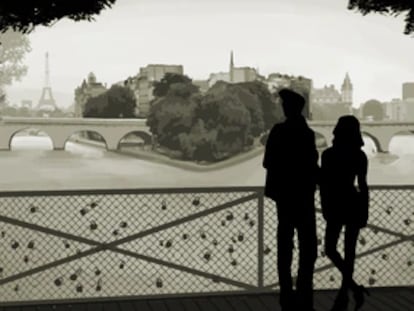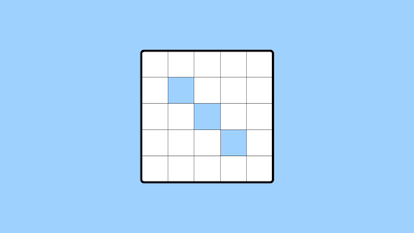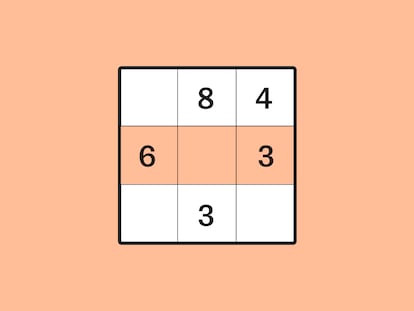Foshan: What’s it like living in ‘the workshop of the world’
Artist Cao Fei depicts reality for workers in the Chinese cities, one of the planet’s primary production centers that is largely unknown in the Western world
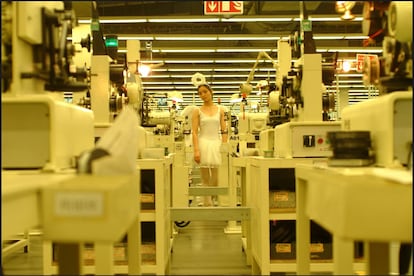
There’s a gloomy sort of beauty in Vermeer’s Delft, and a decadent splendor in Canaletto’s Venice. Art allows us to travel through space and time, and on occasion, great artists are able to cast unexpected light on the cities that fascinate them, helping us to glimpse their true essence.
Chinese artist Cao Fei, who was born in 1978, is attempting to do something along those lines. A tireless extractor of beauty from decaying wastelands and digital environments like the metaverse, Cao recently presented work at Miami’s Pérez Art Museum, and one of her most inspired audiovisual pieces, My City is Yours, an ambitious deconstruction of the Second Life virtual universe, at the Art Gallery of New South Wales in Sydney. A retrospective of her work was also recently at the Museum of Latin American Art (MALBA) in Buenos Aires.
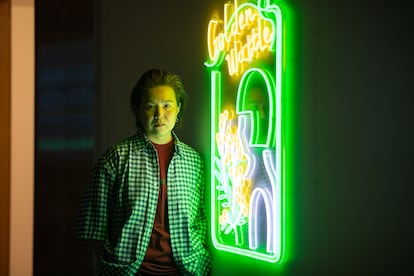
Utopias of the disposable
But what is likely Cao’s masterpiece — her merciless portrait of the bowels of a ghostly city akin to Vermeer and Canaletto’s depictions — is Whose Utopia, a 20-minute film shot in 2006 that shows the daily reality of workers in a Foshan lamp factory.
Cao begins by giving us a glimpse, complete with hypnotically precise close-ups, of the factory’s production line, before focusing on the hands and feet of its workers — absorbed individuals, physically present yet mentally distant, performing repetitive tasks like assembling lightbulb filaments.
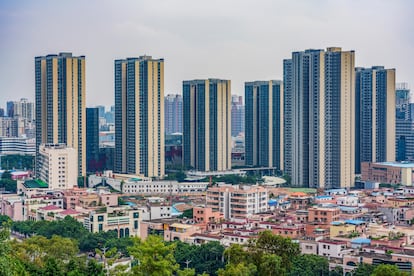
Next comes a series of basic questions that are put to the workers regarding their lives. How many hours do they work? Where (and how) do they eat and sleep? How do they feel? What do they expect of the future? What is their relationship with the factory? What are their dreams, hobbies, aspirations?
This is how we discover that one young laborer longs to become a professional taekwondo practitioner. In a scene of remarkable beauty and conceptual force, Cao invites him to stand beside the assembly line— where an endless stream of lightbulbs flows — and perform some martial arts moves.
Foshan, as Fei shows us, is one of the world’s major industrial production hubs, home to around 1,200 large factories — mostly producing furniture and household goods — spread across more than a million square meters.
It is also the non-place in which a young man who has left his rural home works between 12 and 14 hours a day, sleeping on a sad mattress on the premises of the factory, dreaming of competing in the world taekwondo championship.
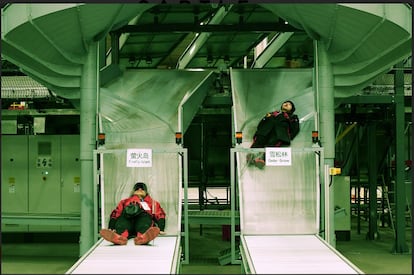
From Foshan to the world
According to the Argentinian journalist Marina Oybin, with her quick cuts from inanimate object (identical lamps) to animate subject (human beings, each with their own specific characteristics, circumstances and desires), Cao reflects “the impact of capitalist modes of production on the ecology of work and the social system.” After all, China is now the world’s leading export economy, producing the bulk of good consumed worldwide. And its most recent export, at least in the opinion of Nancy Rojas, curator of Cao’s MALBA exhibition, could well be “a labor model that tends towards increasing precariousness.”
Hence, the title of Cao’s film: Whose Utopia. To whom does it belong? Who does it benefit? What future does it portend for us? What is its real cost, in human terms?
According to Rojas, Foshan — “the workshop of the world” — is in reality “a factory of broken dreams,” a sign of a new horizon of dehumanizing regression that raises the question — as Theodor W. Adorno once did — of whether there is any hope that something human will survive, after all. Cao’s response is to propose a strategy of artistic resistance: fantasy, the ability to imagine alternatives, as improbable or even movingly ridiculous as they may seem, as the last refuge of threatened subjectivities.
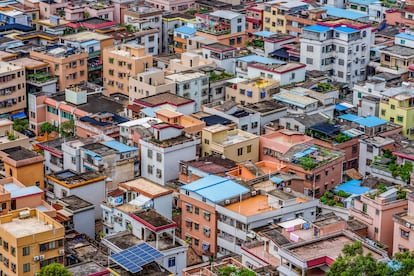
Foshan, the city of industrial dystopia, is largely unknown in the Western world. To begin with, it’s an immense city, even if it hardly appears on our mental maps. Located just 22 miles southeast of Guangzhou (formerly known as Canton), on the western bank of the great delta of the Perla River, it occupies around 1467 square miles and is home to about 9.5 million inhabitants, more than London, Saint Peterburg and (of course) Berlin, Rome, Madrid and Paris.
As Dutch historian Frank Dikötter has explained on occasion, Europeans find it difficult to comprehend China because, first of all, it exists on a different scale, one that is much larger than that of their continent’s ethnocentric and self-indulgent Old World. The now-massive conurbation of Foshan began as a local hub for the production of ceramics, steel, and handcrafted furniture during the Ming and Qing dynasties, between the 14th and 19th centuries.
By the 20th century — especially from the 1980s onward — it became one of the key hubs of China’s belated industrial revolution. At that time, it barely had more than 300,000 residents, but it soon absorbed a massive influx of migrant workers from rural China. Its Shunde district, once a farming village on the outskirts, is now home to nearly 2.5 million people and more than 3,000 workshops and factories that together produce roughly half of the world’s refrigerators and air conditioners.
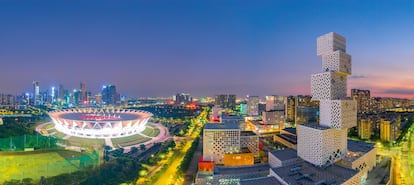
What’s more, in recent years, Shunde has become the most important global center for furniture sales and distribution. Indeed, the city has been unofficially baptized as the Chinese furniture capital, housing a sales district of more than 32 million square feet.
Within this space, a mix of 200 major showrooms (including Sunlik Group, Lianfu Furniture City, Shunde Empire Furniture, and the Lecong International Furniture Exhibition Center), 3,300 smaller stores, and over 1,500 workshops operate side by side. According to some estimates, its annual turnover exceeds $1.1 billion. Between August 19 and 22, this area — where 150,000 furniture craftspeople toil — will host a new edition of the Foshan International Furniture Expo, a trade fair of nearly obscene strength and power.
Is there a Foshan beyond its industrial exuberance, its colossal-scale commerce, and the dystopian melancholy captured by Cao Fei? Without a doubt. Something of the old city of ceramicists remains — a town founded around a hill (Mount Buddha), where today stand three bronze statues dedicated to Siddhartha Gautama, the founder of the most renowned godless religion.
In this Foshan, we find the Ancestral Temple, an imposing 11th-century building with a magnificent, 2.5-ton sculptural hall is dedicated to Pak Tai, Taoist god of winter, water and aquatic creatures.
There’s also the intriguing Handicraft Art Center, the peculiar Renshou Pagoda next to it, and the Liang Garden — once the property of a wealthy merchant family that, until the mid-20th century, cultivated its own exotic, fragrant version of the Tuileries Garden. And of course, there’s the much-photographed violin-shaped church in Yanbu, clear proof that the extravagance of some corners of contemporary Chinese architecture knows no bounds.
In short, places with substance and roots. They are well worth discovering if you are planning a trip to Foshan and want to do something besides buying furniture or wondering, along with Cao Fei, just whose utopia is taking shape on the banks of the Pearl River.
Sign up for our weekly newsletter to get more English-language news coverage from EL PAÍS USA Edition
Tu suscripción se está usando en otro dispositivo
¿Quieres añadir otro usuario a tu suscripción?
Si continúas leyendo en este dispositivo, no se podrá leer en el otro.
FlechaTu suscripción se está usando en otro dispositivo y solo puedes acceder a EL PAÍS desde un dispositivo a la vez.
Si quieres compartir tu cuenta, cambia tu suscripción a la modalidad Premium, así podrás añadir otro usuario. Cada uno accederá con su propia cuenta de email, lo que os permitirá personalizar vuestra experiencia en EL PAÍS.
¿Tienes una suscripción de empresa? Accede aquí para contratar más cuentas.
En el caso de no saber quién está usando tu cuenta, te recomendamos cambiar tu contraseña aquí.
Si decides continuar compartiendo tu cuenta, este mensaje se mostrará en tu dispositivo y en el de la otra persona que está usando tu cuenta de forma indefinida, afectando a tu experiencia de lectura. Puedes consultar aquí los términos y condiciones de la suscripción digital.
More information
Archived In
Últimas noticias
Welcome to the post-religion era: The idea of Christianity as the absolute truth has become obsolete
‘I thought you would like it’: The risky sexual practice popularized by TV shows and TikTok
The digitalization of tourism: ‘They promise experiences and gave us the worst possible one’
Mexican peso defies uncertainty with forecasts of a new period of stability in 2026
Most viewed
- Sinaloa Cartel war is taking its toll on Los Chapitos
- Reinhard Genzel, Nobel laureate in physics: ‘One-minute videos will never give you the truth’
- Oona Chaplin: ‘I told James Cameron that I was living in a treehouse and starting a permaculture project with a friend’
- Why the price of coffee has skyrocketed: from Brazilian plantations to specialty coffee houses
- Silver prices are going crazy: This is what’s fueling the rally












